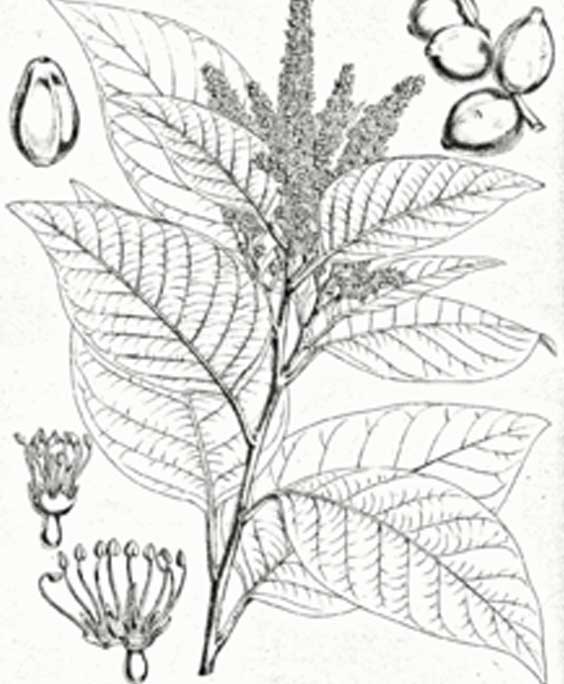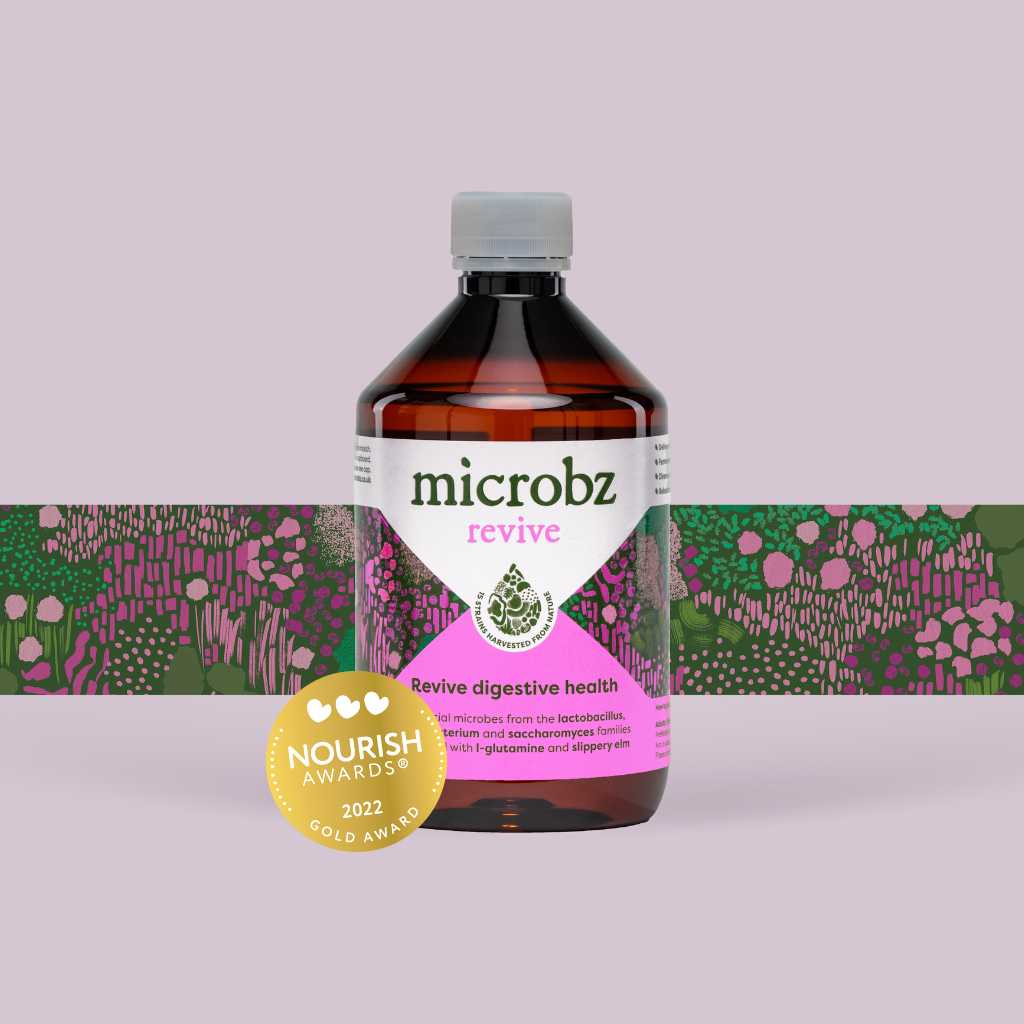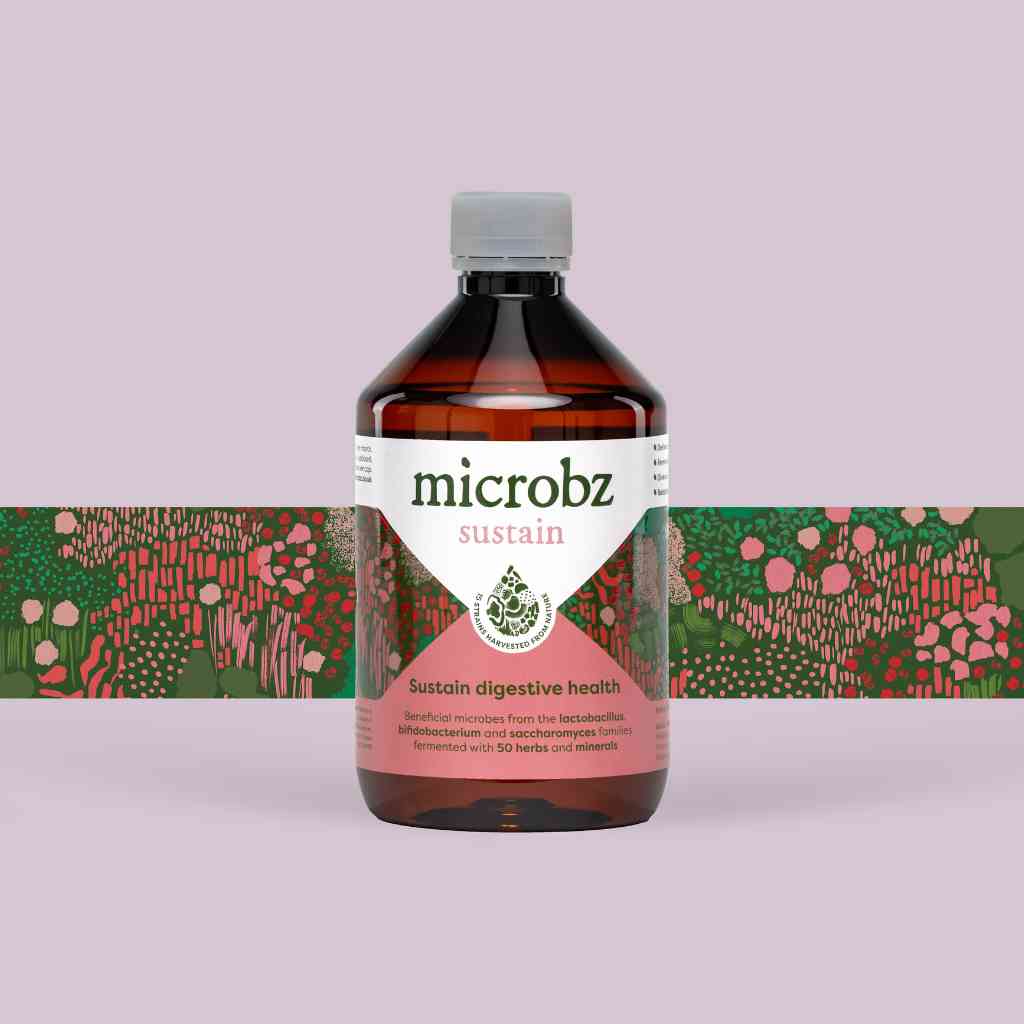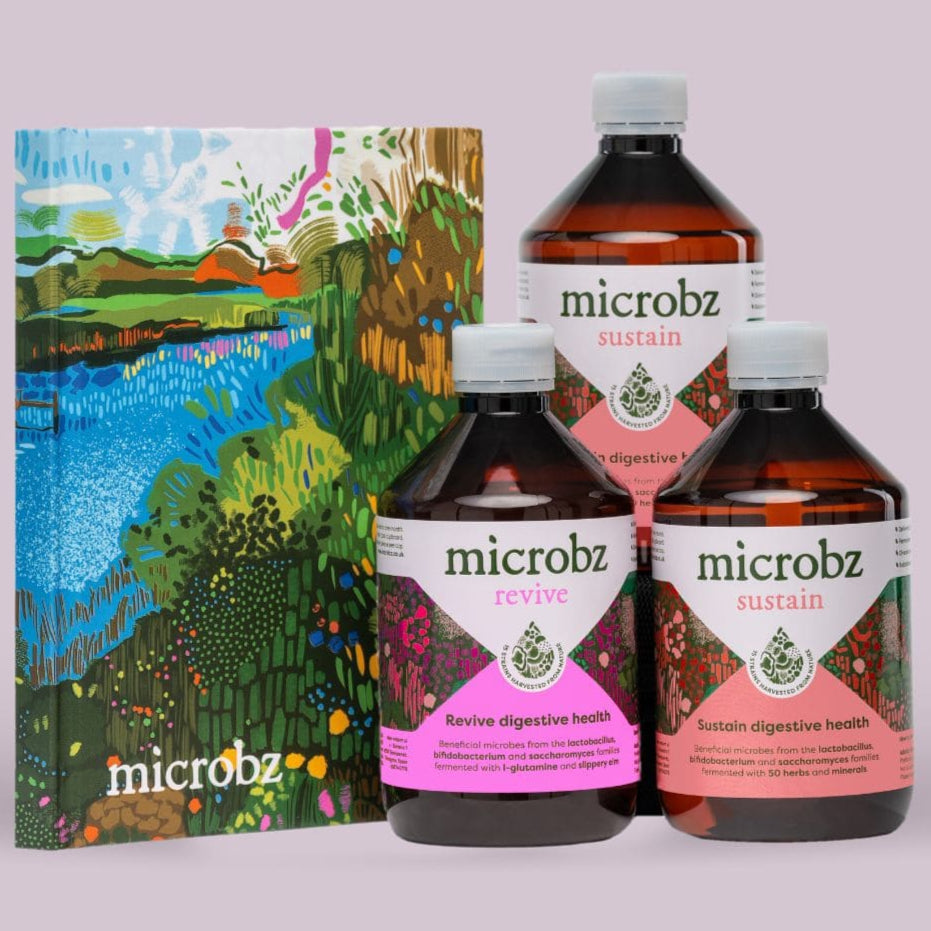Haritaki
Terminalia chebula

Family: Combretaceae
Which probiotic is it in?:
Habit and cultivation: Native to Southern Asia and an important herb in the Ayurvedic formula Triphala. Grows best in sandy well drained soils but needs full sunlight for consistent growth.
Actions (known for): Anti-oxidant, anti-carcinogenic, anti-mutagenic, hepatoprotective, cardioprotective, anti-bacterial, anti-fungalantiviral, adaptogen, anti-inflammatory. Topically for wound healing.
History of Haritaki
Parts used from the Haritaki
Fruit.
Constituents (bio available chemicals):
Gallic acid, chebulagic acid, punicalagin, phenolics, polyphenols, flavonol, glycosides, triterpenes, palmitic, linoleic and oleic acids.
Nutritional constituents:
Vitamins: C and E. Minerals: calcium, iron, manganese and selenium. Glutathione.
Indications:
Improves memory, stamina. Aids digestion, liver function and promotes regular bowel movements. Aids IBS, supports the heart, useful in the treatment of haemorrhoids and worm infestations.
Dosage:
3-6g daily.
British Herbal Pharmacopoeia
Cautions for therapeutic doses
Chronic fatigue, anorexia, pregnancy, acute stages of fever.




